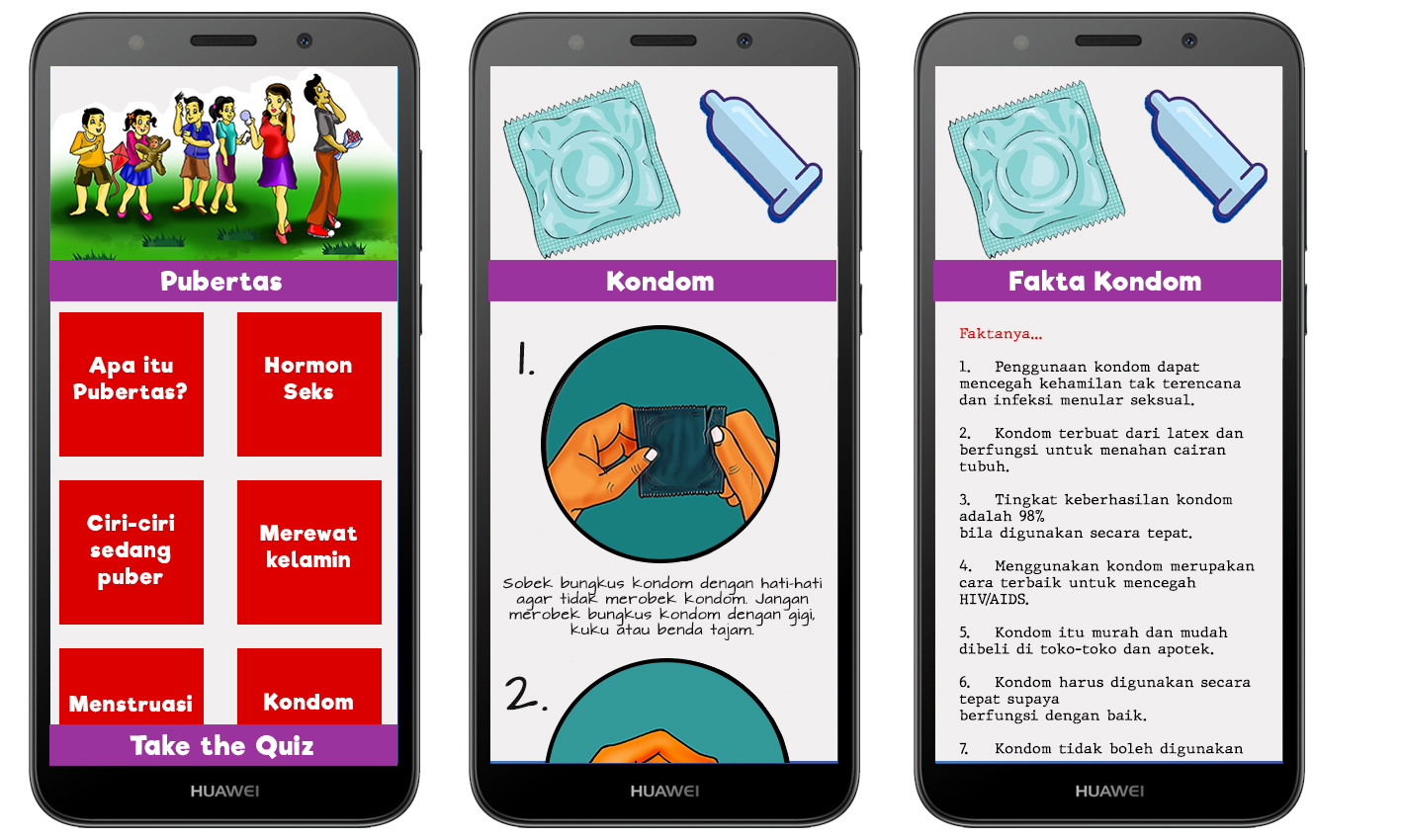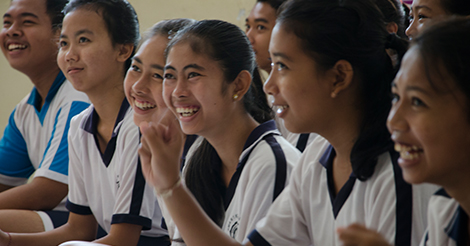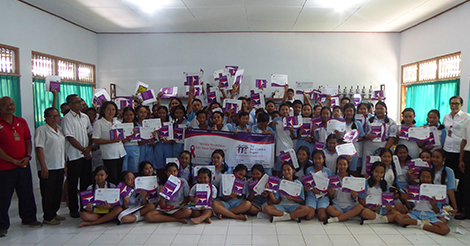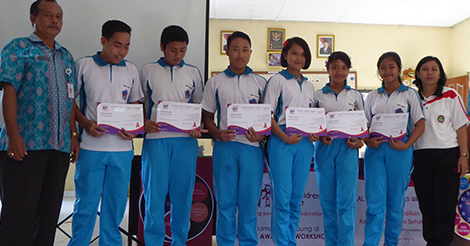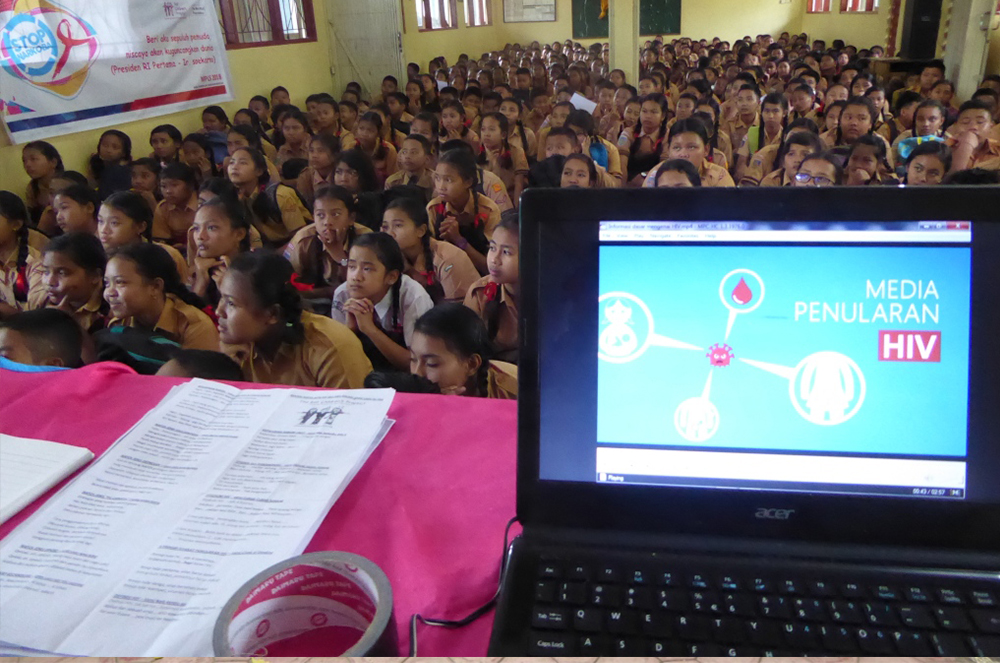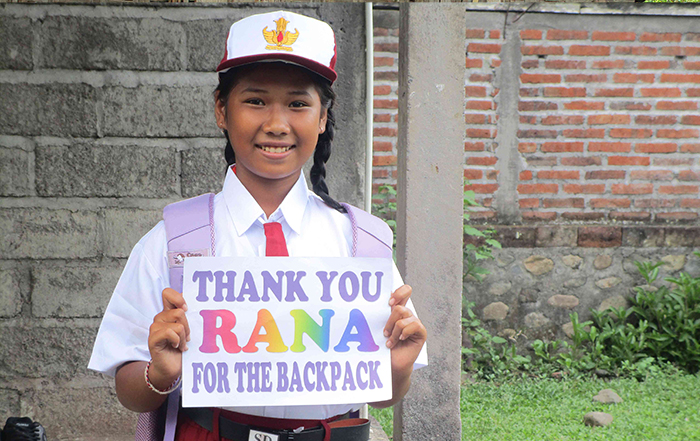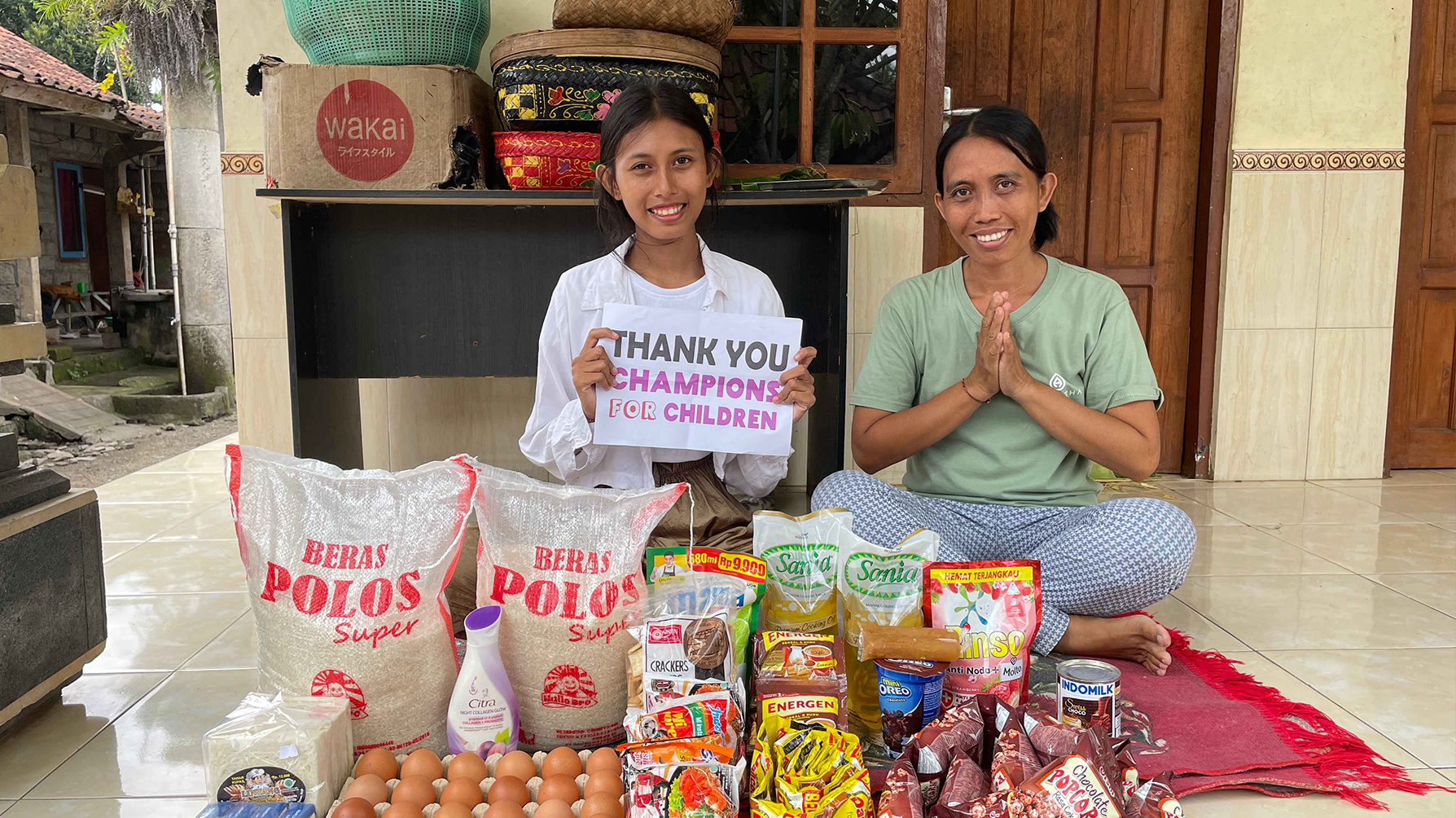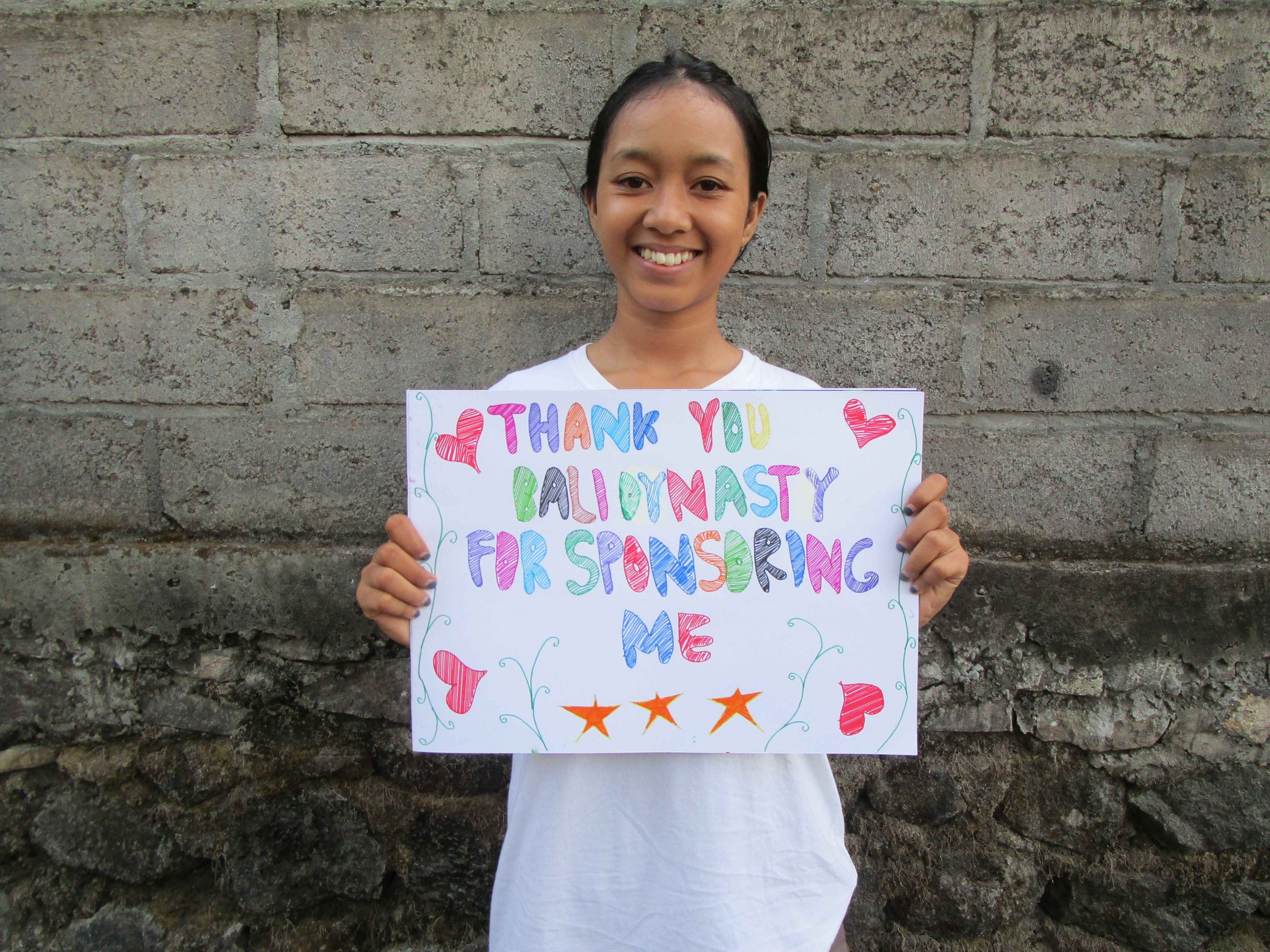HIV and AIDS Figures Increase in Bali
The HIV AIDS Situation Report in Indonesia has uncovered some telling numbers for HIV and AIDS in Bali.
The latest figures are cause for some cautious optimism, while highlighting the need for effective preventative measures in Bali. The report also shows how improvements in diagnosis and treatment has saved lives.
As the report lifts the curtain on the HIV and AIDS issue in Bali, we continue our commitment to educating teenagers all across Bali through our Health Education program.
HIV and AIDS in Bali
The greatest cause for optimism is that numbers of new cases in 2018 were the lowest recorded since 2013.
Over the last few years HIV and AIDS testing has become widely available in Bali. This almost certainly accounts for the higher level of HIV and AIDS seen in Bali over recent years. When testing increases, previously ‘unknown’ cases finally enter into the world of quanitfiable data – showing an increased number of people living with HIV and AIDS.
In reality, these figures show a mix of new HIV and AIDS cases, along with never-before acknowledged (or ‘unknown’) cases from previous years. Either way, it is essential to find real figures so that people can be diagnosed and treated.
The ‘unkown’ cases are another cause for concern. Without getting diagnosed, mortality rate is 100% – loved ones pass away without anybody ever knowing why. Testing and medication is essential not only for saving lives, but it also show the true reality of the situation through data.
Bali is a hotspot for HIV and AIDS in Indonesia. By ratio of regency population, it ranks second highest in Indonesia. Furthermore, although lower than previous years, the increase in HIV and AIDS is still huge (the difference is in the hundreds, not the thousands). 2,760 new cases were identified in 2018, in comparison to 3,177 in 2017 (a difference of 417).
Further Insight
The report goes into further detail to show;
- The total ‘known’ accumulative HIV and AIDS cases in Bali increased to 27,225 from 24,265
- Since 2013, rates of known HIV and AIDS cases has increased by over double (124%)
- Mortality rate has dropped significantly (again due to better testing and treatment)
- By ratio of population, Papua has the highest number of AIDS cases, with Bali second, both well above the national AIDS Rate.
- New cases were highest in 20-29 year old heterosexuals.
- Fatality rates (of ‘known cases’) dropped to an all time love in Indonesia of 1.03%
- Over 14,000 people were tested for HIV and AIDS.
Indonesia continues to have one of the highest growth levels of HIV and AIDS in the world.
Stigma
Knowledge surround HIV and AIDS is not included in the report. In Bali especially, poor knowledge about those with HIV and AIDS can ruin lives.
People living with HIV and AIDS are often stigmatised, even to the point where they are denied burial rights. People often don’t want to associate with, touch or even purchase items from someone who has HIV. The 2018 UN AIDS Databook picks up on this, with over 50% of survey participants answering that they would not buy fruit and vegetables sold by a person with HIV.
Breaking down stigmatism is a huge part of Bali Children’s Project’s program in creating better awareness amongst Balinese teenagers. Throwing out the social taboo of talking about HIV and AIDS, our workshops provide an eye opening experience for over 10,000 studets (directly) Each year. Towards the end of the workshop there is an incredible moment as Ibu Putri, our facilitator reveals that she lives HIV+. This receives unique reactions and students are given the opportunity to ask questions about Ibu Putri’s journey, as well as the realisation that those with HIV should not be disciminated against.
Bali Children’s Project Health Education
Now in its 6th year, our Health Education program continues to visit over 10,000 students every year. Developing over time, the Health Workshops directly educate students about Puberty, Sexual Awareness, HIV and AIDS and Drugs.
The workshops take students on a journey broken up with video, group work, presentations, honest discussions and even condom simulation (a moment students will never forget).
The program has focused not only on direct education, but capacity building within schools. Training local student groups known as ‘KSPAN’ groups, the team helps to create a sustained impact within schools. KSPAN groups are invited to help Bali Children’s Project deliver workshops, while being encouraged to develop their own plans for raising awareness in their school.
Workshop participants are given a booklet and presentation materials are gifted to KSPAN groups. A brand new ‘mobile web app’ has been created by Bali Children’s Project to provide students with information at the click of a button.
Multiple choice pre and post tests help us to show knowledge before and after sessions – showing average scores increasing of 35% across all schools. Average ‘pre test’ scored 51% correct answers, while average ‘post tests’ with the same students scored 86%.
Support Needed
In 2018 the Health Education program has been supported by the Mel Wolf Foundation, COMO Shambala, Lucky Number 9 and Three Monkeys Cafes as well as individual donors of Bobbi, Grant and Sonia.
However, funds may not be available to continue this project in the future. Every year, this life saving project relies solely on grants and individuals to run.
We are seeking funding to grow this program to 2020 and onwards. If you or your friends know of any interested party who would consider funding this program, please get in touch.

